Comparing Your Water Treatment Options: Part 2
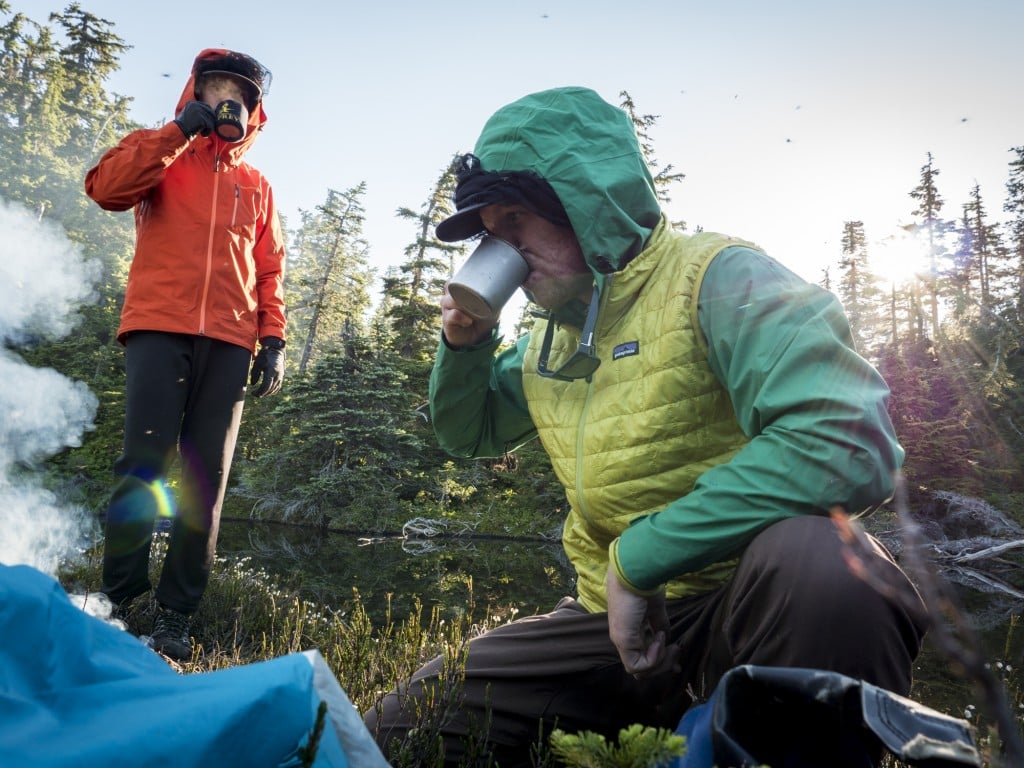
Water treatment has never been an easy topic to tackle for backcountry users. For starters, there’s a lot of information to research, and a lot of claims to interpret. In addition, navigating today’s advanced technologies can be tough. And finally, when it comes down to it, no two water sources are exactly alike anyway. So what is the best way to treat your water against the threat of waterborne pathogens? In this two-part series, we’re helping you understand the pros and cons of the available water treatment methods, so you can answer that question in the way that’s best for you.
In this part 2, we’re looking at: UV light, chemicals, combination treatments and boiling. Previously, we discussed pump filters, gravity-fed filters and the newer class of small, personal filters.
UV Light
Ultraviolet light has long been known by the scientific community to be an effective way to kill pathogens. In fact, UV systems are common in municipal water disinfection around the world. UV light works by damaging the organisms’ DNA, which kills or deactivates them. The light works on all major classes of waterborne pathogens—protozoa, bacteria and viruses.
The advantages of UV light treatments lie in the fact that they’re lightweight, compact and very easy to use. And unlike most chemicals, they don’t impart a foul taste to the water. However, for backcountry travelers, UV can carry a considerable risk—if the water is silty, murky, muddy or discolored, the light does not penetrate as far. Particles in the water can shield the microbes from the light’s effects. As a result, your water may not be nearly as disinfected of the pathogens as you think it is.
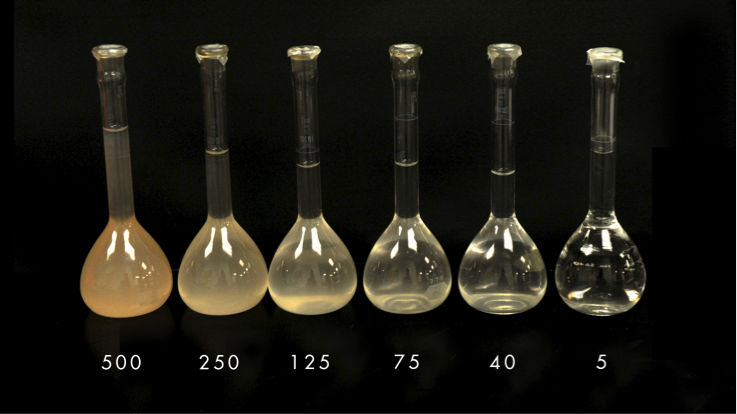
According to the Cornell University Cooperative Extension, UV light’s effectiveness is reduced after the level of turbidity exceeds 5 NTUs (nephelometric turbidity units)1. The image above illustrates what that would look like. As you can see it doesn’t take many particles to reduce effectiveness. For this reason, MSR does not recommend relying solely on UV light in the backcountry—for the simple reason that you may not be able to find a clear water source.
In contrast, UV treatments are an excellent solution for purifying suspect hotel and tap water in foreign countries. Most are fast—purifying one liter of water in 1.5 minutes. And the majority weighs less than 16 oz., easy to slip into luggage.
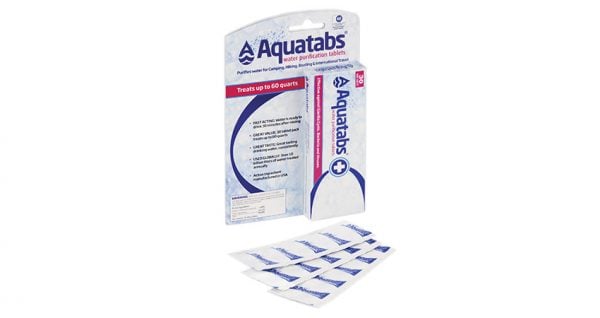
Chemical Treatments
Chemicals are by far the lightest and most compact option. They can be effective against protozoa, bacteria and viruses. The downside to chemicals is that they impart taste to the water, create byproducts, and do not remove any particulate, like sediment. Like UV, chemicals are affected by particles in the water. The clearest source available should be used, and if no clear water can be found, water should be filtered first, or settled and decanted before treatment.
Chemicals require a waiting period of 30 minutes up to 4 hours before full effectiveness is reached. One upside however is that they continue to disinfect long after they’ve initially been introduced, meaning they’ll kill any microbes on the bottle threads, and disinfect any fruits and veggies you wash with that water.
The main caveat to these iodine and chlorine-based tablets is that they don’t kill cryptosporidium, a protozoan parasite. (Chlorine-dioxide has been approved to do so but it takes up to 4 hours.) Also, studies have shown long-term health effects from chronic use of iodine and chlorine dioxide. Chlorine tablets (like MSR Aquatabs) impart less taste and have been used by the World Health Organization for over 20 years with no reported health issues.
Some fast-and-light backpackers rely solely on chemical tablets, but for most of us, they make a great backup purifying agent in the field—adding viral protection to the use of a microfilter. They’re also great for stocking home emergency kits.
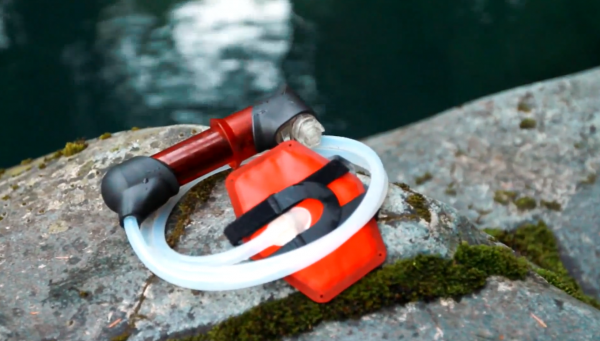
Combination Treatment Methods
Depending on your situation, a combination of treatment solutions may be necessary. By carefully pairing treatment solutions, you can remove practically any threat. Here are the appropriate combinations and what they’ll achieve:
Microfilter + Activated Carbon: The microfilter removes protozoa (like Giardia) and bacteria (like E. coli), and the carbon reduces tastes and odors. The carbon can also reduce chemical contamination from pesticides/herbicides and pharmaceutical byproducts. Many filters already offer this pairing in one device, like the MSR MiniWorks, which uses block carbon.
Microfilter + Chemical: The microfilter will remove the “large” threats, like bacteria, protozoa and particulate. Then you’ll use the chemical to kill any viruses (which are too small for microfilters). This combination offers equivalent protection to a purifier.
Microfilter + UV: Together, these offer the same benefits as a microfilter + chemical, but the water is not left with any chemical taste.
Microfilter + Boiling: The microfilter will remove all the large pathogens and sediment. Boiling will eliminate any viral threat.
Microfilter + UV -or- Chemical + Carbon: This seems excessive but it’s the best available method to remove as many contaminants as possible. The microfilter filters out the big stuff, the UV or chemical disinfects of viruses, and the carbon reduces the organic chemicals and taste.
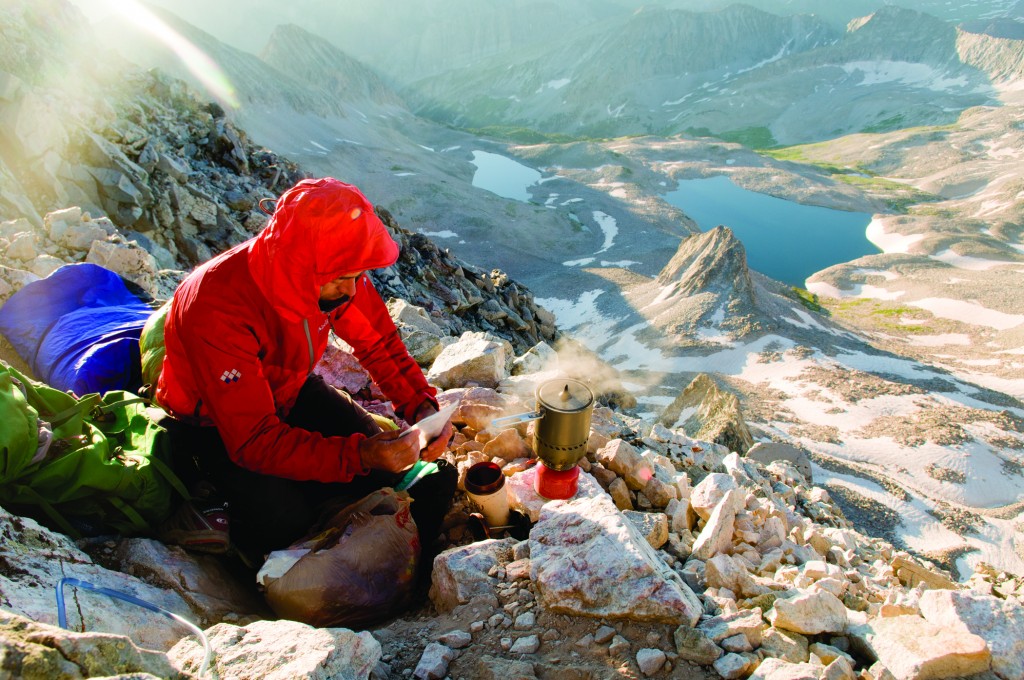
Boiling
Boiling water to remove threats has been used since ancient times. Boiling is one of the most effective ways to purify water. It kills all pathogens and requires simply the heating of water to a rolling boil for one minute, or 3 minutes above 2000 m.
The downside to boiling is its fuel consumption, forcing you to carry more fuel weight in your pack. In addition, boiling does not remove chemicals, other inorganics, or sediment from your water. Prefiltering your water will make it more pleasant to drink. Boiling is a great backup if your primary treatment solution becomes compromised in the field. It also cuts out a step if you already plan to boil water for a hot meal after a long day on the trail.
For a look back at part 1 of this series, head here.
For more than you’d ever want to know about water treatment 101, head here. And stay tuned—we’ve got more on the way.
Cheers!
